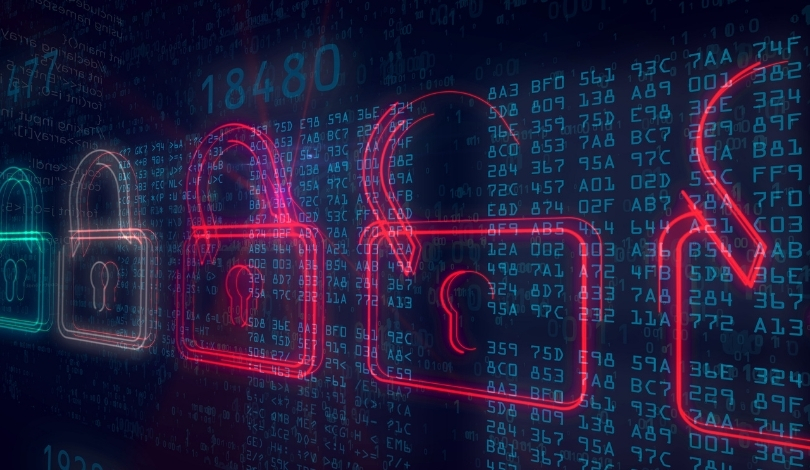The recently adopted United Nations Convention on Cybercrime has entered a critical phase as member states now hold the responsibility of ratifying the treaty. This development marks a significant step in the global effort to combat cybercrime, with potential implications for international law enforcement collaboration. As nations deliberate on their commitment, the treaty’s future remains uncertain, reflecting broader geopolitical tensions and varying national priorities.
Previously, efforts to establish international agreements on cybercrime faced numerous challenges, including differing legal standards and concerns over sovereignty. This new treaty aims to address these issues by providing a structured framework for cooperation. However, the path to widespread adoption is fraught with obstacles, as evidenced by the slow ratification of similar agreements in the past.
What Are the Main Objectives of the Treaty?
The Convention on Cybercrime seeks to counter the misuse of information and communication technologies for illicit activities such as human trafficking and money laundering. By establishing a legal structure, the treaty facilitates international cooperation on criminal investigations, including evidence sharing, thereby enhancing the ability of countries to tackle cyber threats collectively.
How Might Ratification Challenges Affect the Treaty?
Achieving the necessary 40 ratifications for the treaty to become effective presents significant hurdles. In the United States, securing a two-thirds majority in the Senate coupled with presidential approval appears daunting. Concerns from various stakeholders, including human rights advocates, suggest that thorough scrutiny of the treaty’s provisions will be essential before endorsement.
What Are the Criticisms Surrounding the Treaty?
“There are a lot of member states that have really poor track records on human rights and have national laws that don’t protect privacy, they criminalize free speech, they criminalize gender expression,”
stated Karen Gullo of the Electronic Frontier Foundation. Critics argue that the treaty lacks sufficient safeguards to prevent the misuse of cybercrime laws for political repression, thereby posing risks to fundamental human rights.
Supporters, however, believe the treaty offers valuable tools for enhancing international law enforcement cooperation. Christopher Painter, a former State Department cyber coordinator, highlighted that the agreement promotes more uniform laws and procedures, which could improve the global response to cyber threats. Additionally, the treaty includes provisions aimed at protecting human rights, although their effectiveness remains a point of debate.
The final implementation of the treaty will likely depend on how member nations interpret and enforce its clauses. Ongoing dialogue and adjustments may be necessary to balance security needs with the protection of individual rights. As countries navigate these complexities, the success of the treaty will hinge on their ability to address both legal and ethical concerns effectively.
The adoption of this treaty follows a history of slow international progress on cybercrime legislation, highlighting the persistent challenges in achieving consensus. Compared to previous efforts, this treaty includes more comprehensive measures, yet it still faces significant scrutiny regarding its impact on civil liberties.
Future developments will require careful monitoring to ensure that the treaty serves its intended purpose without compromising essential freedoms. Stakeholders must remain vigilant in advocating for transparent and accountable implementation practices to safeguard against potential abuses.










